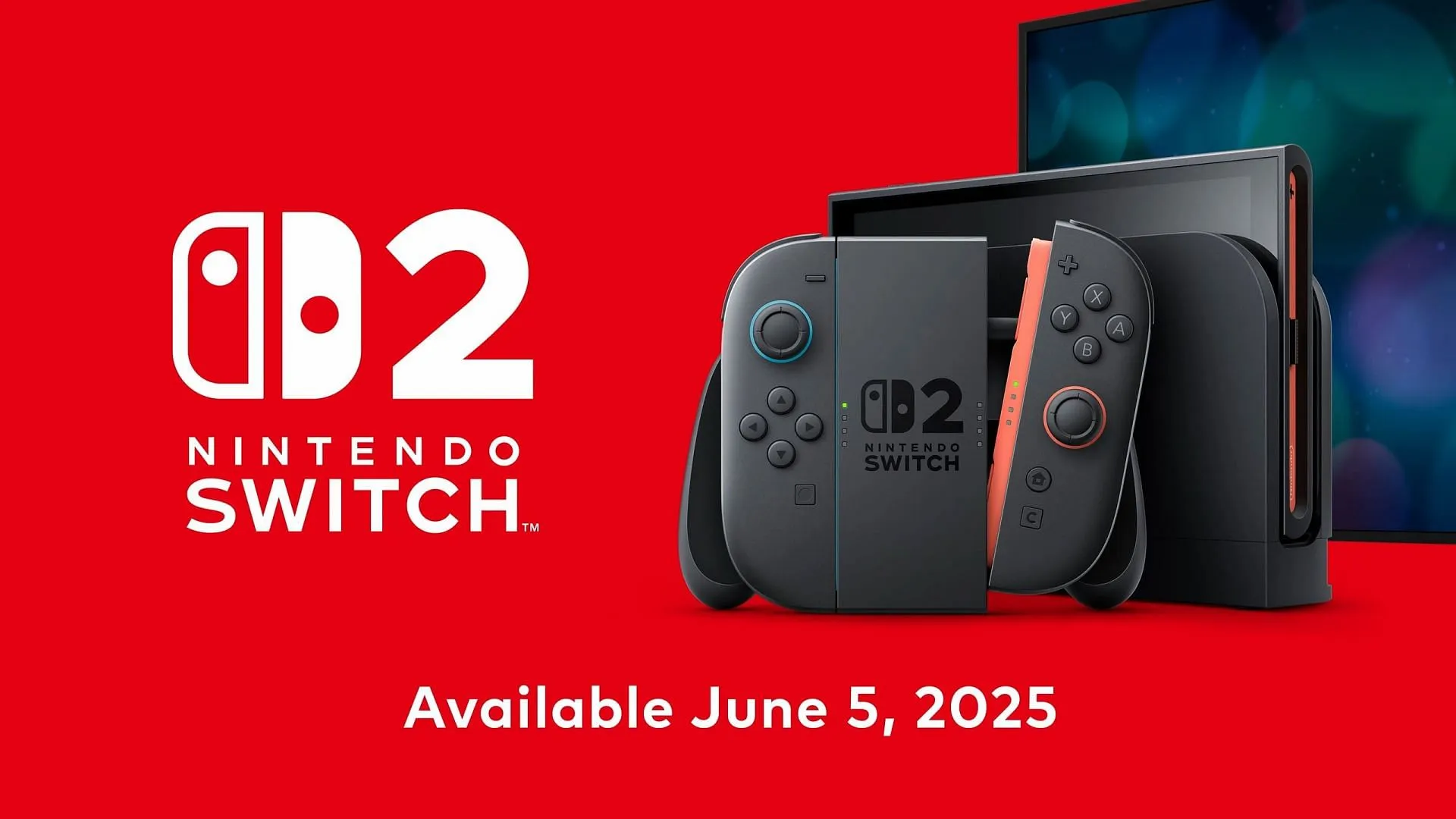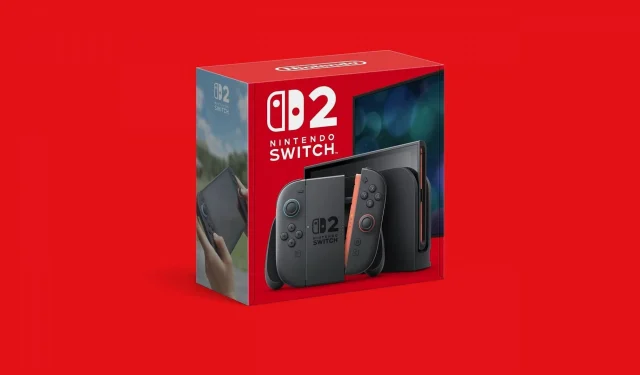Nintendo recently unveiled various details regarding the much-anticipated Switch 2 at the latest Nintendo Direct event, particularly highlighting the device’s battery specifications. The new handheld boasts a 5220 mAh battery, representing a 21% increase in capacity compared to its predecessor, the original Switch. However, it is noteworthy that despite this enhanced battery size, the expected operating time of the Switch 2 is actually less than that of all previous Switch models.
This article delves into the battery performance of both the new Switch 2 and the original Switch, evaluating whether the newer model truly offers inferior battery life.
Comparing Battery Performance: Switch 2 vs. Original Switch

Interestingly, even with the larger battery, the Nintendo Switch 2 is reported to have a reduced battery lifespan compared to its predecessors. For comparison, the original Switch had a battery life ranging from 2.5 to 6.5 hours based on the specific variant.
Here is a detailed breakdown of the battery life across the different variants of the original Nintendo Switch:
- Nintendo Switch (serial number starting with XA): 2.5 – 6.5 hours
- Nintendo Switch: 3 – 7 hours
- Nintendo Switch OLED and Nintendo Switch (serial number starting with XT): 4.5 – 9 hours
While the older versions of the Switch continue to demonstrate admirable battery performance, the Switch 2’s rating is relatively disappointing, offering only 2 to 6.5 hours of gameplay time. This marks a significant drop in battery efficiency, particularly taking into account its advanced features.
The Switch 2 is equipped with a more sophisticated chipset and a larger battery. Therefore, expectations were high for improved battery longevity. However, the performance has fallen short due to several factors, including the device’s new display with a refresh rate of up to 120Hz, which demands more energy.
Implications of Battery Life on Gaming Experience
The original Switch gained accolades for its outstanding battery life, particularly the OLED variant, which easily facilitated extended gaming sessions without the need for a charger. This portability allowed players to enjoy gaming at friends’ houses or on long flights without concern for recharging.
Conversely, the Switch 2’s limited battery life may require users to carry a charger at all times, impacting its convenience for on-the-go gaming. Finding a power source can be challenging in various settings such as airports and during long commutes.
The impact of the battery life might vary depending on the games being played. Titles that are less demanding graphically, especially first-party Nintendo games, may yield reasonable usage time. However, players aiming to engage with more resource-intensive AAA games like Cyberpunk 2077 or Elden Ring may find battery life dwindling significantly, potentially falling below the two-hour mark.
Moving forward, it will be intriguing to see how Nintendo addresses these battery concerns. Unlike other hardware components, the battery life tends to degrade over time. However, Nintendo could enhance overall efficiency and battery performance through software updates aimed at optimizing power management.


